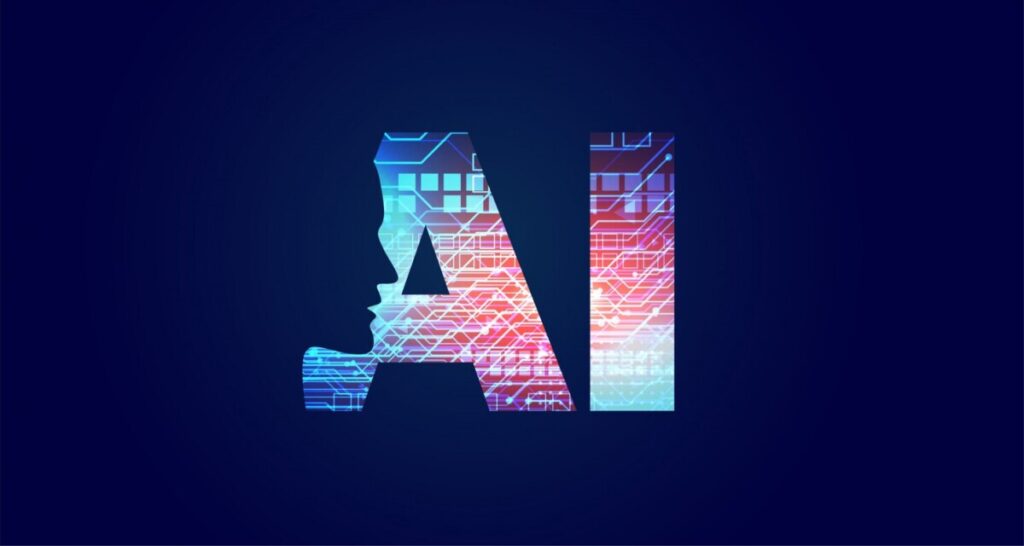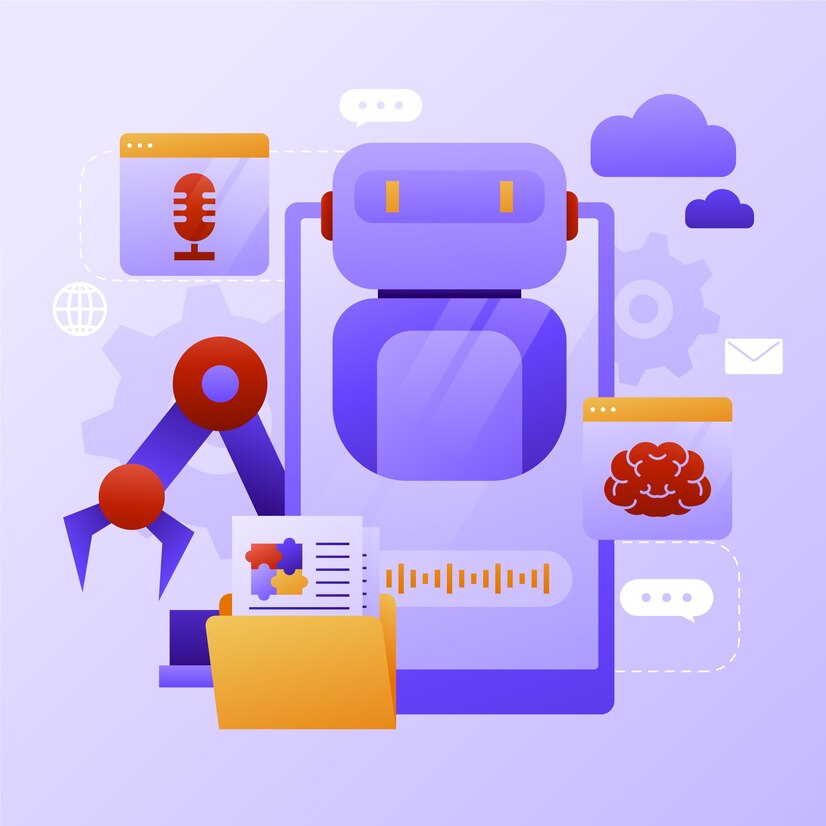
In a world where AI-generated content is everywhere, knowing how to detect AI text has become an essential skill for writers, educators, employers, and content marketers. Whether you’re trying to uphold academic integrity or just want to ensure authenticity in your brand messaging, being able to differentiate human writing from AI-generated text is a major asset.
Let’s explore how to detect AI text, the tools available, and how you can stay ahead in this evolving digital landscape.
What Does It Mean to Detect AI Text?
To “detect AI text” simply means identifying whether a piece of content was written by a machine, such as ChatGPT, Jasper, or any other AI writing tool. With AI getting incredibly advanced, it’s not always obvious whether a blog post, essay, or email was written by a human or a bot.
Why Is It Important to Detect AI Text?
✅ Academic Integrity – Schools and universities want to ensure students are doing their own work.
✅ Authenticity in Marketing – Consumers connect better with genuine human voices.
✅ Trust in Journalism – Readers expect transparency and original reporting.
✅ Hiring Decisions – Employers may want to verify whether job applicants wrote their own resumes or cover letters.
✅ SEO Compliance – Search engines favor unique, high-quality content that provides real value.

Key Signs of AI-Generated Text
Here are some tell-tale signs to help detect AI text:
🔹 Repetitive Phrasing
AI tends to repeat certain words or sentence structures.
🔹 Overly Formal or Generic Tone
Even when asked to sound casual, AI can sometimes come across as robotic or impersonal.
🔹 Lack of Personal Touch
AI doesn’t include real-life anecdotes or personal insights unless specifically prompted.
🔹 Perfect Grammar, But Flat Emotion
AI is great at grammar, but often misses subtle human nuances and emotion.
Best Tools to Detect AI Text
Want to be more precise in your detection? These tools can help:
🔍 1. Originality.AI
A favorite among content marketers and editors. It provides a percentage-based score of AI content detection and checks for plagiarism at the same time.
🔍 2. GPTZero
Created specifically for educators, GPTZero highlights areas in text that are likely AI-generated.
🔍 3. Copyleaks AI Content Detector
Works across multiple languages and provides high accuracy for AI detection.
🔍 4. Writer.com AI Detector
Simple and user-friendly. Great for quick checks on short texts.
🔍 5. Hugging Face Transformers
More technical, but it offers open-source models you can use to build your own AI detection system.
How Do These Tools Work?
Most tools to detect AI text use algorithms trained on large datasets. They look for patterns typical of machine-generated writing—like certain word choices, sentence structure, and predictability. Then, they analyze your content against those patterns and give you a likelihood score.

Limitations of AI Detection
❗ False Positives
Sometimes, well-structured human writing can be mistaken for AI text.
❗ False Negatives
Sophisticated AI prompts can generate content that even detectors struggle to flag.
❗ Tool Dependency
Each tool uses different algorithms, so results may vary.
Tips to Write Like a Human (And Avoid Detection)
Whether you’re using AI ethically or writing from scratch, here are ways to keep your content sounding human:
- Add personal experiences or real-life examples
- Use varied sentence lengths and natural transitions
- Incorporate emotion or opinion
- Avoid being too structured—humans are naturally a bit messy in how we write
- Break the “rules” occasionally for authenticity
Detect AI Text in Academic Settings
Universities are increasingly using AI detection tools to combat academic dishonesty. If you’re a student:
- Don’t rely solely on AI for your essays
- Use AI only as a brainstorming or outlining assistant
- Always revise the content to include your personal voice
Educators should combine detection tools with traditional review methods like oral defenses, follow-up questions, or writing samples under supervision.
Detect AI Text in Hiring and Resumes
Some employers are now scanning resumes and cover letters with AI detection software. Why?
- To check if the applicant put genuine effort into their application
- To evaluate writing ability and critical thinking
- To ensure originality in communication
Job seekers should customize AI-generated cover letters and inject their own stories and motivations to keep it authentic.

AI Text in Marketing and SEO
Search engines like Google have made it clear: content created for humans, not algorithms, will perform best. Here’s how AI detection plays a role:
- Publishers want real engagement, not fluff
- AI-written blogs that are not reviewed or edited can harm credibility
- Content teams use detection tools to check contributions from freelancers or external writers
Can AI Detect Other AI?
Yes! In fact, most detection tools are built using AI themselves. It’s a bit of a battle of the bots—AI trying to outsmart AI. But even so, human oversight remains the key ingredient for ensuring quality and trust.
The Future of AI Text Detection
As AI tools get better at mimicking humans, detection tools will also get smarter. In the near future, expect:
- Real-time detection inside word processors
- Multi-layered analysis (grammar, tone, originality)
- Better multilingual detection
- Blockchain verification to prove authorship
The ability to detect AI text is no longer just a niche skill—it’s becoming essential in education, hiring, content marketing, and beyond. While AI writing tools are here to stay, we still value human creativity, emotion, and originality above all.
So, whether you’re checking for authenticity or simply curious, having the right knowledge and tools to detect AI text helps keep content honest and human.
FAQs About The Detect AI Text
What’s the most accurate tool to detect AI text?
Originality.AI and GPTZero are among the most reliable tools for detecting AI-written content.
Can AI-generated text be 100% humanized?
Yes, but it requires manual editing to add personality, unique insights, and emotional depth.
Why is detecting AI text important in schools?
It helps uphold academic honesty and ensures that students are learning and expressing their own ideas.
Will AI eventually beat all detection tools?
AI is evolving rapidly, but so are detection technologies. It’s an ongoing race.
How can I make sure my writing isn’t flagged as AI?
Use your own voice, add personal examples, and avoid overly structured or repetitive phrasing.
